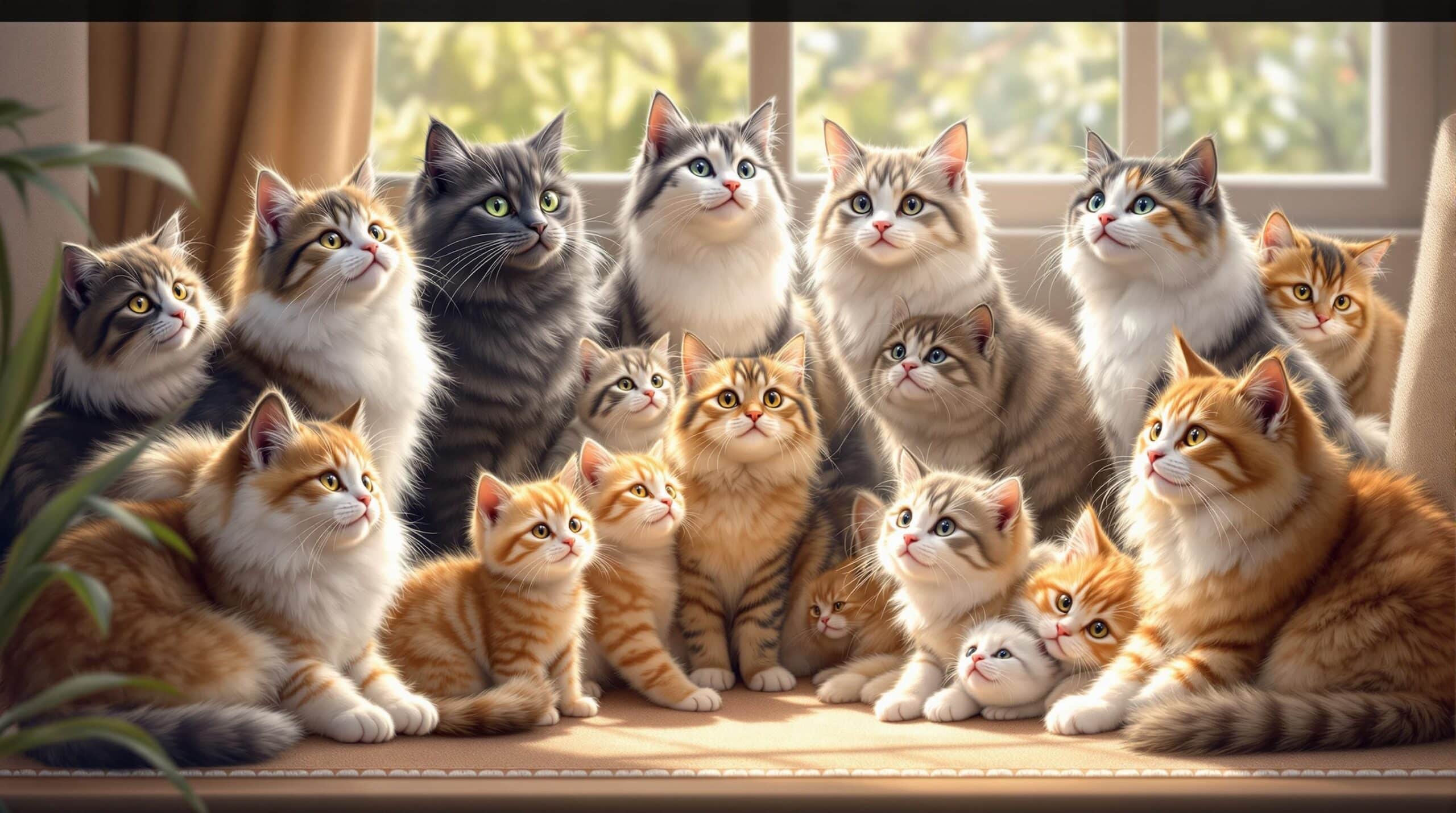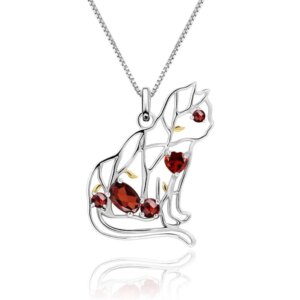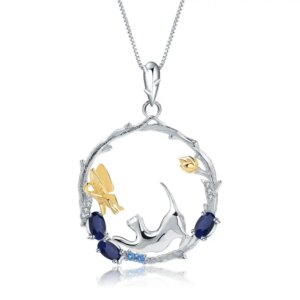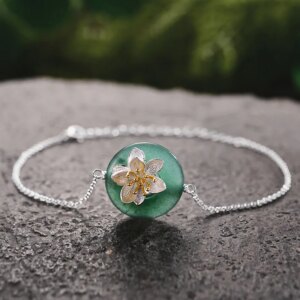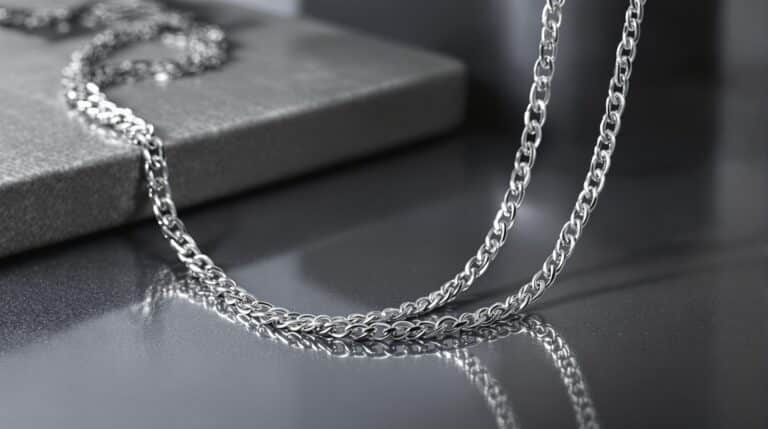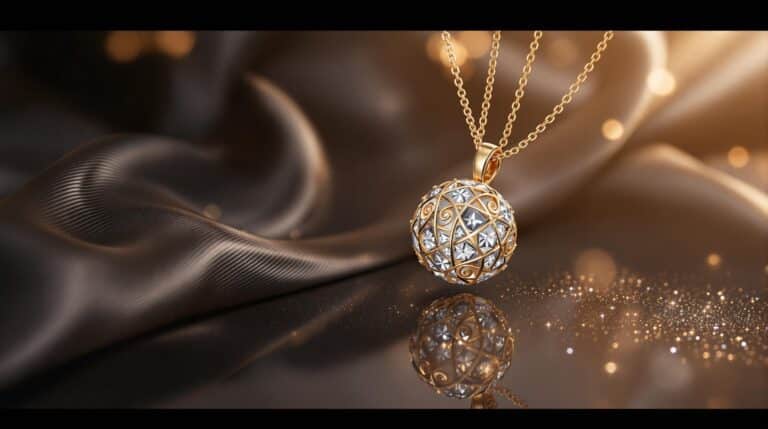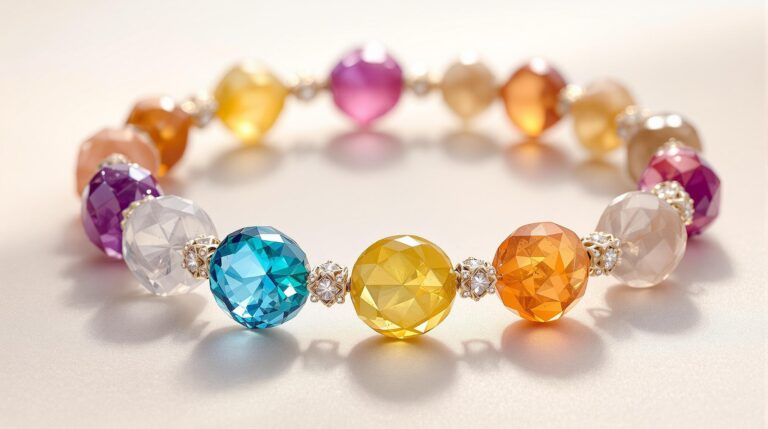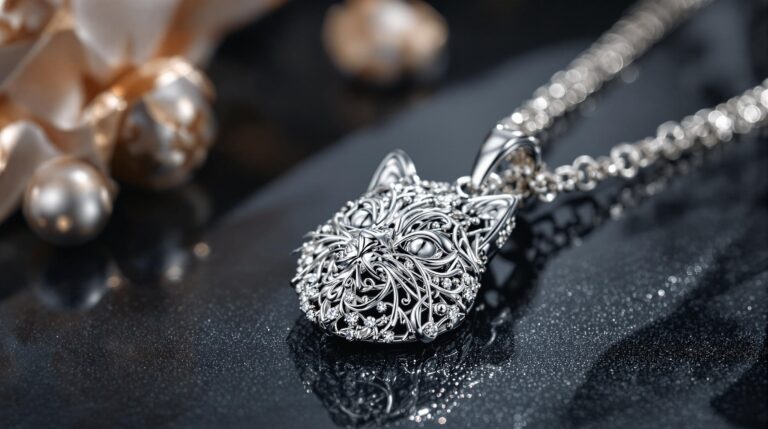Cats Drawing, welcome to our comprehensive guide on cats drawing! Whether you’re a beginner looking to get started or an experienced artist seeking new inspiration, this article is designed to provide you with valuable insights and techniques. Discover the essential materials, explore different styles, and learn from step-by-step tutorials. By the end, you’ll be equipped with the knowledge and skills to create stunning cat art that captures the essence of these beloved creatures. At Cat Karma Creations, we are passionate about all things cat-themed, and we hope this guide will inspire you to create beautiful and unique cat art.
The Basics of Cats Drawing
Essential Materials for Cats Drawing
Before you start drawing cats, it’s important to have the right tools. Here are some essential materials to get you started:
- Pencils: A set of graphite pencils ranging from HB to 6B is ideal for sketching and shading.
- Eraser: A kneaded eraser and a standard white eraser will help you correct mistakes and lift highlights.
- Paper: Choose a smooth, heavyweight paper for detailed drawings. Sketchbooks are also a great option for practice.
- Blending Tools: Blending stumps and tortillons can help you achieve smooth transitions and soft shading.
- Colored Pencils or Markers: For adding color and detail to your cat drawings.
Understanding Cat Anatomy
To draw cats convincingly, it’s crucial to understand their anatomy. Here are some key features to focus on:
- Head and Face: Cats have triangular heads with large, expressive eyes and small, triangular ears.
- Body: The body is typically slender and flexible, with a curved spine and a long tail.
- Legs and Paws: Cats have four legs, with the front legs slightly shorter than the hind legs. The paws are small and have distinct pads.
- Fur: Pay attention to the texture and direction of the fur, as it can add depth and realism to your drawing.
Basic Techniques for Drawing Cats
Here are some fundamental techniques to help you improve your cats drawing skills:
- Proportions: Start by sketching the basic shapes of the cat’s body, ensuring that the proportions are accurate.
- Shading: Use a range of pencil grades to add shading and depth to your drawing. Pay attention to the light source to create realistic shadows.
- Line Quality: Vary the thickness and darkness of your lines to add interest and detail to your drawing.
- Details: Focus on small details like whiskers, fur texture, and facial features to bring your cat to life.
Different Styles of Cats Drawing
Realistic Cat Art
Realistic cat art aims to capture the true appearance of cats. This style requires a keen eye for detail and a good understanding of anatomy. Here are some tips for creating realistic cat drawings:
- Reference Images: Use high-quality reference images to study the structure and features of cats.
- Shading and Texture: Pay close attention to the fur texture and use multiple layers of shading to create depth and realism.
- Facial Expressions: Focus on the eyes and mouth to convey the cat’s mood and personality.
Abstract Cat Art
Abstract cat art allows for more creative freedom and interpretation. This style can be highly expressive and unique. Here are some ideas for creating abstract cat art:
- Color and Shape: Experiment with bold colors and geometric shapes to create a modern and abstract look.
- Minimalism: Simplify the form of the cat using minimal lines and shapes to convey its essence.
- Collage and Mixed Media: Combine different materials and techniques to create a textured and layered effect.
Cartoon Cat Art
Cartoon cat art is a fun and whimsical way to draw cats. This style is often used in comics, animations, and illustrations. Here are some tips for creating cartoon cat art:
- Exaggeration: Exaggerate certain features like the eyes, ears, and whiskers to create a more playful and expressive look.
- Simple Shapes: Use simple, rounded shapes to create a friendly and approachable character.
- Color and Texture: Use bright colors and simple patterns to add charm and personality to your cat.
Step-by-Step Guide to Drawing Cats
Choosing Your Reference Image
Selecting the right reference image is crucial for creating a detailed and accurate cat drawing. Here are some tips for choosing a good reference image:
- High Resolution: Use a high-resolution image to see all the details clearly.
- Clear Lighting: Choose an image with clear and consistent lighting to help you understand the shadows and highlights.
- Interesting Pose: Pick a pose that captures the cat’s personality and movement.
Sketching the Basic Shapes
Once you have your reference image, start by sketching the basic shapes of the cat. This will help you establish the proportions and overall structure. Here are the steps:
- Draw the Head: Sketch a circle for the head and add a smaller circle for the muzzle.
- Draw the Body: Add an oval or rounded rectangle for the body.
- Draw the Legs and Paws: Sketch simple shapes for the legs and paws, keeping them proportional to the body.
- Draw the Tail: Add a curved line for the tail, considering its length and position.
Adding Details and Shading
With the basic shapes in place, it’s time to add details and shading to bring your cat to life. Here are the steps:
- Add Facial Features: Draw the eyes, nose, and mouth, paying attention to their placement and shape.
- Add Fur Texture: Use short, curved lines to suggest the direction and texture of the fur.
- Shade the Drawing: Use a range of pencil grades to add shading and depth. Consider the light source to create realistic shadows.
- Add Final Details: Refine the drawing by adding whiskers, paw pads, and any other small details.
Exploring Cat Art Ideas and Inspiration
Themed Cat Drawings
Themed cat drawings can be a fun and creative way to explore different styles and concepts. Here are some ideas for themed cat art:
- Holiday Themes: Create cat drawings for holidays like Halloween, Christmas, or Valentine’s Day.
- Cultural Themes: Draw cats in traditional clothing or settings from different cultures.
- Seasonal Themes: Depict cats in different seasonal environments, such as a snowy winter scene or a sunny summer day.
Mixed Media Cat Art
Mixed media cat art combines different materials and techniques to create unique and textured pieces. Here are some ideas for mixed media cat art:
- Collage: Combine paper, fabric, and other materials to create a collage featuring a cat.
- Paint and Pencil: Use watercolors or acrylics to paint the background and add details with colored pencils or markers.
- Digital Art: Use digital tools to create a mixed media effect, combining traditional drawings with digital elements.
Creating Cat Art for Special Occasions
Cat art can be a wonderful gift for special occasions. Here are some ideas for creating cat art for special occasions:
- Personalized Portraits: Create a custom cat portrait for a friend or family member, using a photo of their pet as a reference.
- Birthday Cards: Design a birthday card featuring a cat, complete with a personalized message.
- Anniversary Gifts: Create a unique piece of cat art to celebrate an anniversary, such as a framed drawing or a custom illustration.
Popular Quote
“A cat has absolute emotional honesty; human beings, for one reason or another, may hide their feelings, but a cat does not.”
— Ernest Hemingway
Statistical Fact
According to a study by the American Pet Products Association, there are approximately 94.2 million pet cats in the United States. This statistic highlights the widespread love and popularity of cats as pets, making them a perfect subject for artistic exploration. (Source: American Pet Products Association, 2021)
Three Tips for Drawing Cats
- Study Cat Behavior: Spend time observing cats in real life or through videos to understand their movements and expressions. This will help you capture their unique personalities in your drawings.
- Practice Shading Techniques: Experiment with different shading techniques to add depth and realism to your cat drawings. Pay attention to the direction of light and how it affects the fur texture.
- Use Reference Images: Utilize high-quality reference images to guide your drawing. These images can provide valuable insights into the anatomy and proportions of cats, making your drawings more accurate and lifelike.
Popular Questions About Cats Drawing
- What are the best materials for drawing cats? A set of graphite pencils, a kneaded eraser, smooth heavyweight paper, blending tools, and colored pencils or markers are essential for creating detailed and realistic cat drawings.
- How can I improve my cat drawing skills? Practice regularly, study cat anatomy, and use reference images to guide your drawings. Experiment with different styles and techniques to find what works best for you.
- What are some common mistakes to avoid when drawing cats? Common mistakes include incorrect proportions, over-shading, and neglecting the fur texture. Pay close attention to the structure and details of the cat to avoid these errors.
Final Thoughts About Cats Drawing
In conclusion, drawing cats can be a rewarding and enjoyable experience. By mastering the basics, exploring different styles, and following step-by-step tutorials, you can create beautiful and unique cat art. Whether you’re drawing for fun or looking to sell your creations, the world of cat art offers endless possibilities. Start your journey today and share your creations with the world! If you need any assistance or have any questions, feel free to reach out to us at our contact form, email us at info@catkarmacreations.com, or give us a call at (800) 343-1604. We’re always here to help and support your creative journey.

